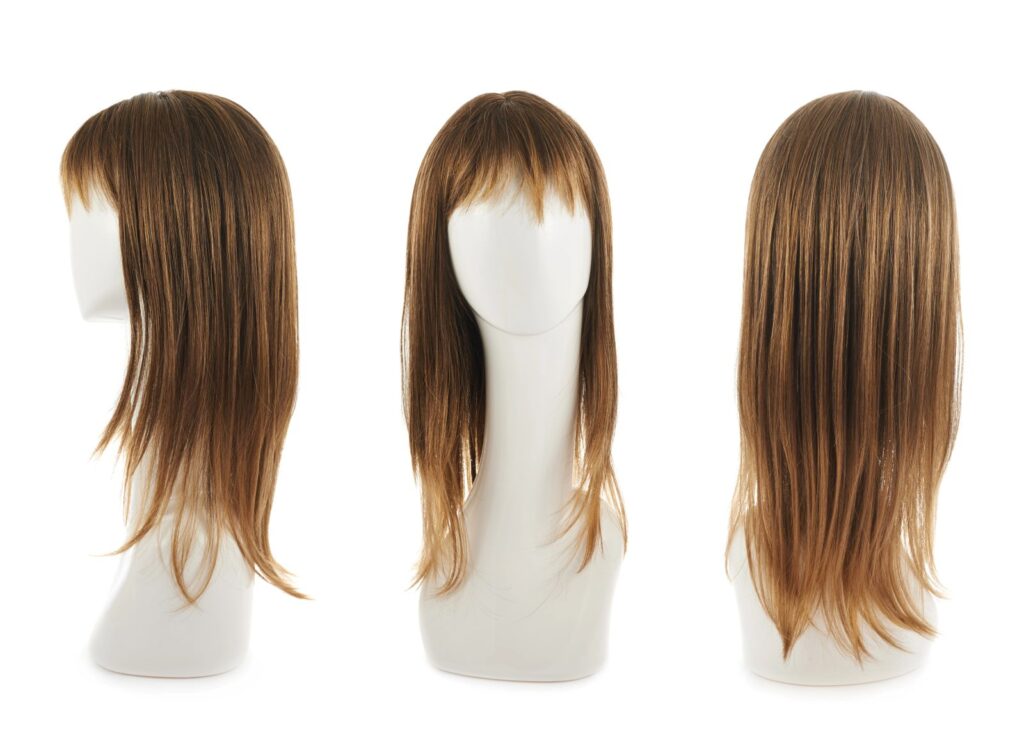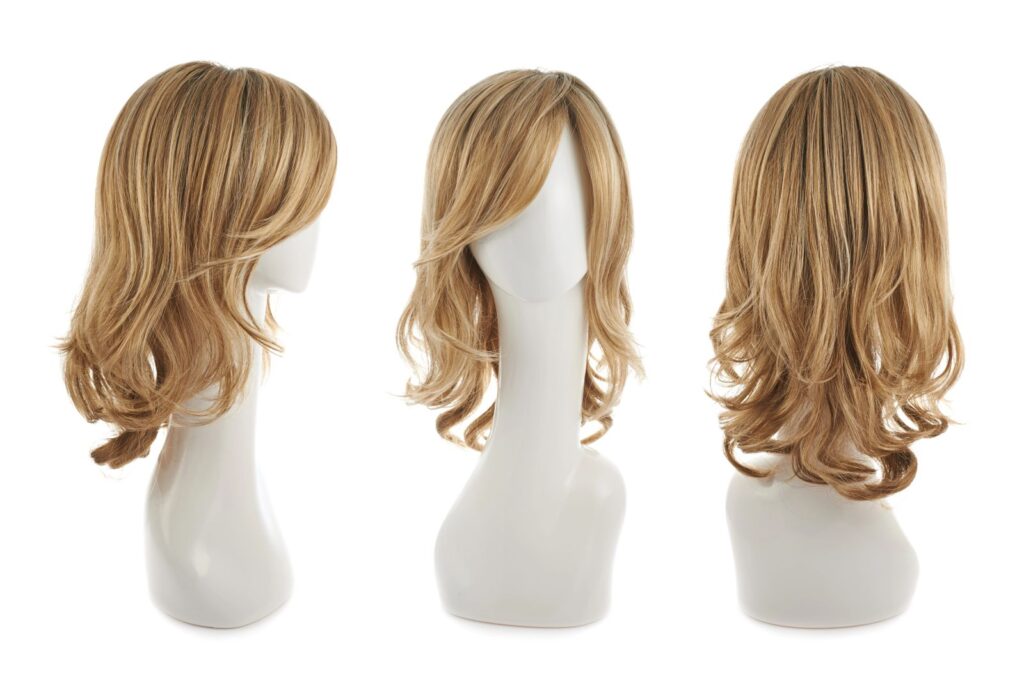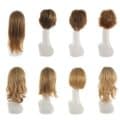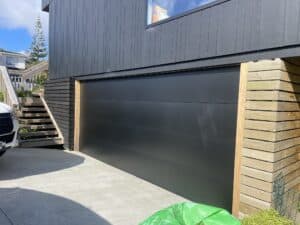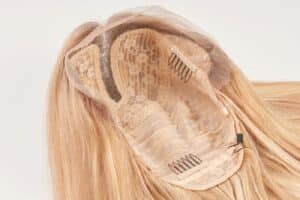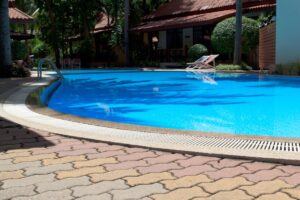When it comes to shopping for wigs, New Zealand buyers often focus on colour, length, and style first. However, one crucial factor that significantly impacts both the appearance and the comfort is the wig density, a characteristic that many overlook until they experience an uncomfortable or unnatural-looking hairpiece.
Understanding the importance of your wigs density can empower you to make informed decisions when selecting a wig that best suits your needs.
Defining Wig Density
Wig density describes the quantity of hair strands that are incorporated into each wig construction. This measurement determines how thick or sparse the finished product appears when its worn. Manufacturers typically express density as percentages, with higher numbers indicating more hair coverage.
Lets take a look at the standard density categories which include:
Light Density (80-100%) Replicates naturally fine hair texture and provides subtle coverage that blends seamlessly with one’s appearance.
Medium Density (120-150%) Offers a balanced fullness that suits most face shapes while maintaining realistic proportions.
Heavy Density (180-200%+) Creates dramatic volume suitable for special occasions, theatrical performances, or those preferring bold styling options.
The Impact of Proper Density Selection
Selecting an appropriate wig density affects multiple aspects of the wig-wearing experience. Visual impact remains paramount, excessive thickness creates an obviously artificial appearance, while insufficient coverage may fail to provide the desired results. Weight distribution also plays a crucial role, as denser constructions place additional strain on the scalp and neck area.
Styling versatility also varies considerably between the density levels. Lower-density options can facilitate sleek, professional looks and allow natural hair movement, while higher-density alternatives support more voluminous styling such as curls but may appear rigid or unnatural in more conservative settings.
Benefits of Lower-Density Options
Many individuals seeking wigs from New Zealand suppliers discover that reduced-density alternatives provide them with a much more superior level of comfort and realism. These lighter constructions offer several advantages over their heavier counterparts, including enhanced comfort and a more natural look, which can boost your confidence in your appearance.
Temperature regulation also improve significantly with lower-density wigs, particularly important in New Zealand’s variable climate conditions. The reduced hair quantity allows better air circulation around the scalp, preventing overheating during active pursuits or warm weather.
Movement characteristics also improve dramatically. Lower-density wigs also respond more naturally to head movement and wind, avoiding that helmet-like stiffness often associated with overly thick density wig alternatives.
Matching Density to Individual Needs
Successful wig selection requires considering more personal factors beyond aesthetic preferences. Your natural hair characteristics provide the primary reference point, as in individuals with naturally fine hair typically achieve better results with lower-density options, while those accustomed to thick hair may prefer more moderate density levels. By considering these factors, you can find a wig that feels tailored to your unique needs.
Lifestyle considerations also significantly influence what your optimal density choices will be. Professional environments often favour subtle, lower-density options that won’t draw unwanted attention. Also, active individuals, particularly common in New Zealand’s outdoor culture, benefit from the lighter-weight wig constructions that are more comfortable during physical activities.
Another thing to think about is climate considerations as they prove especially relevant for wigs New Zealand customers may need. The country’s diverse weather patterns, from humid summers to crisp winters, make breathable, lower-density options particularly practical for daily wear.
Styling Considerations by Density Level
Different styling goals require varying density approaches. Straight hairstyles and sleek looks achieve optimal results with lower densities that allow individual strands to lay naturally. For instance, a sleek bob or a straight long wig would look best with a lower density. Curly and wavy styles may require moderate to thicker density to support their structure while maintaining realistic proportions. While a curly afro or a wavy shoulder-length wig would look great with a more moderate density.
Formal occasions might warrant higher-density options for dramatic effect, though daily wear typically benefits from more conservative density choices that prioritise comfort and natural appearance.
Special Considerations for New Zealand Wearers
New Zealand’s unique lifestyle and environmental factors create specific requirements for wig wearers. The country’s active, outdoors-focused culture means wigs must withstand various activities while maintaining their appearance and comfort.
Seasonal weather variations also impact wig selection. Summer heat and humidity make heavy, dense wigs uncomfortable, while winter conditions may allow for slightly fuller options without overheating concerns.
Many people searching for wigs New Zealand retailers stock find that international mass-market options don’t account for these local considerations, making careful density selection even more important.
Quality Factors Beyond Density
While density remains crucial, other factors contribute to your overall wig quality and satisfaction. Construction methods, hair quality, and cap design all influence the final result. Human hair wig options typically provide superior movement as well as styling flexibility regardless of the density level.
Professional fitting and consultation services help ensure optimal density selection based on individual facial features, lifestyle needs, and personal preferences. Some retailers specialising in wigs New Zealand customers prefer will offer these personalised services.
Making the Right Wig Density Choice
Understanding wig density empowers consumers to make much more informed decisions that prioritise both appearance and comfort. Rather than assuming that more hair equals better results, consider how different density levels align with your personal needs and expectations.
The goal should be finding a wig that enhances confidence while feeling natural and comfortable throughout extended wear periods. For most daily applications, lower to medium density options provide the optimal balance of coverage, comfort, and a more natural appearance.
When exploring wigs New Zealand suppliers offer, don’t hesitate to ask specific questions about density levels and request samples or consultations to determine the best option for your individual circumstances. The investment in proper selection pays dividends in your long-term satisfaction and confidence.
Read our article on How to Choose a Wig to Suit Your Face Shape

